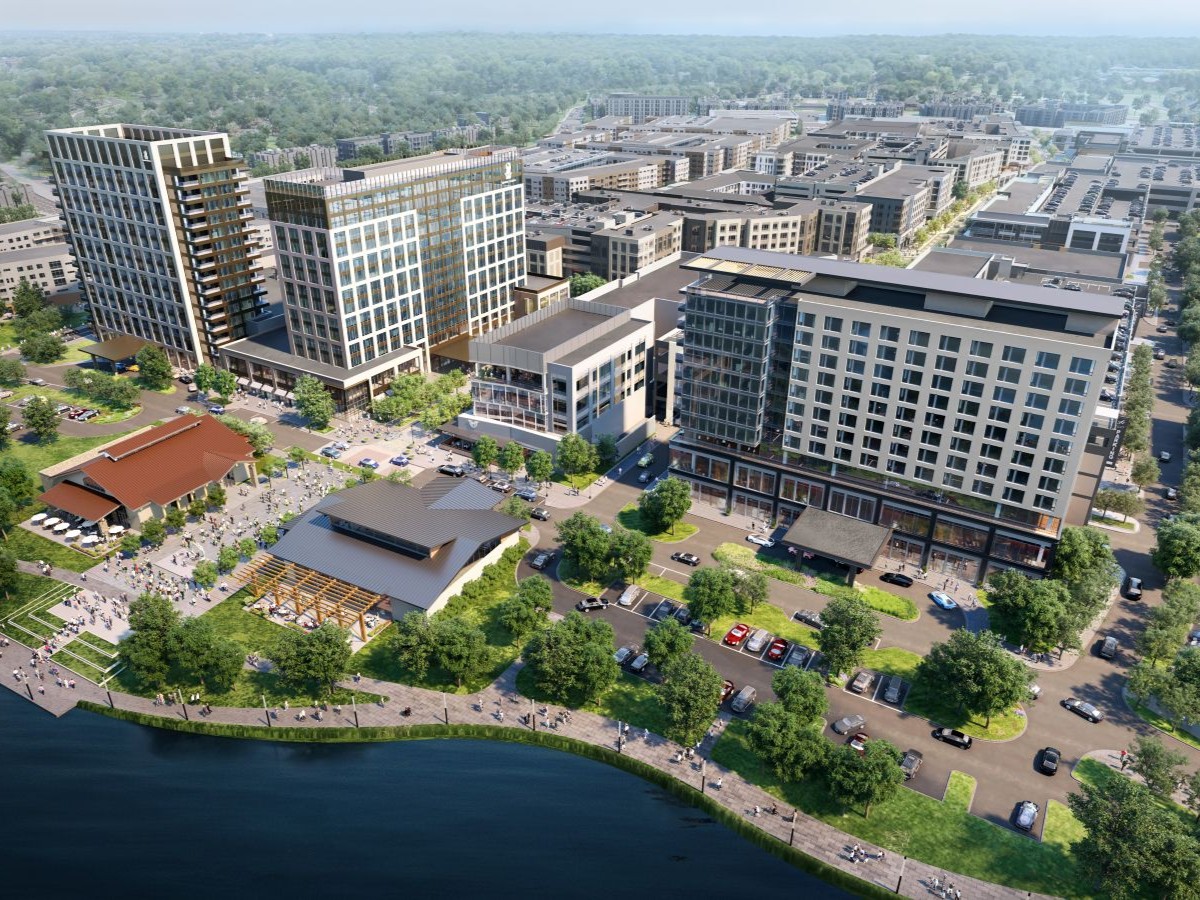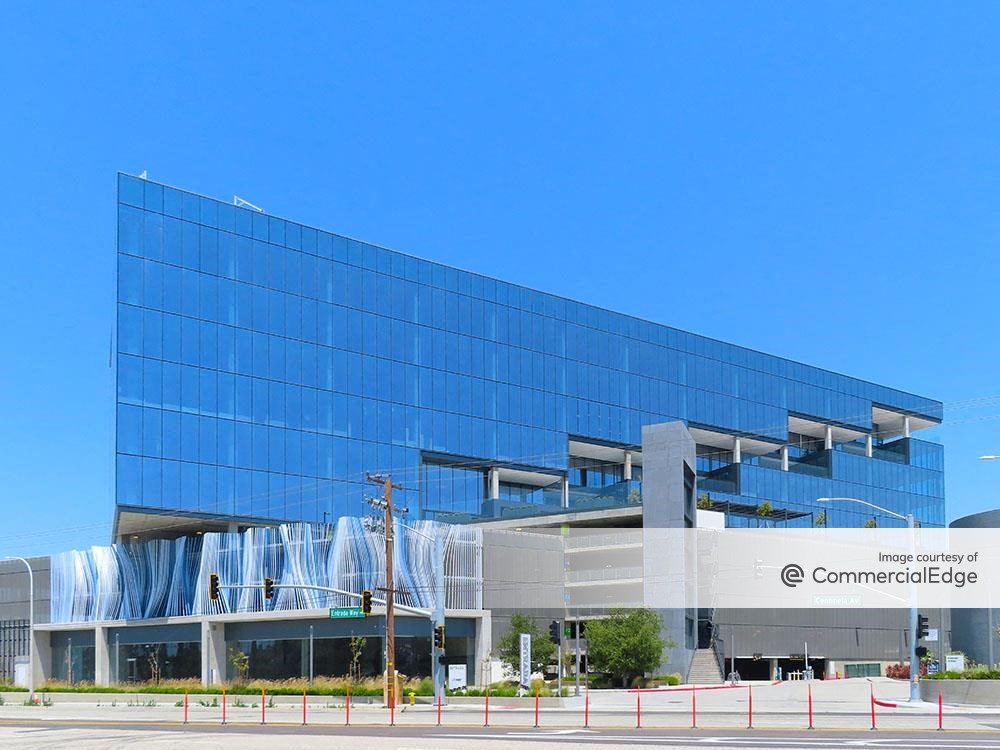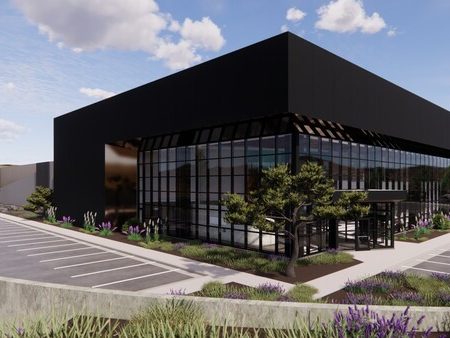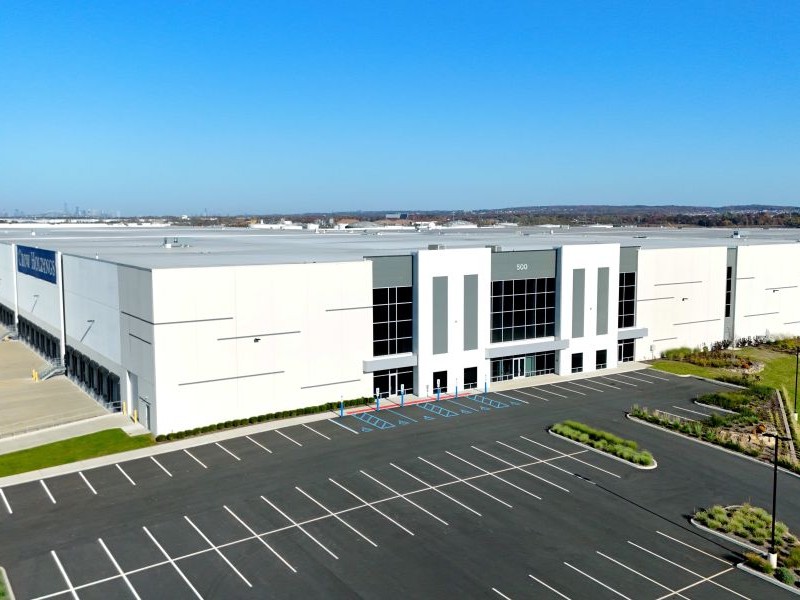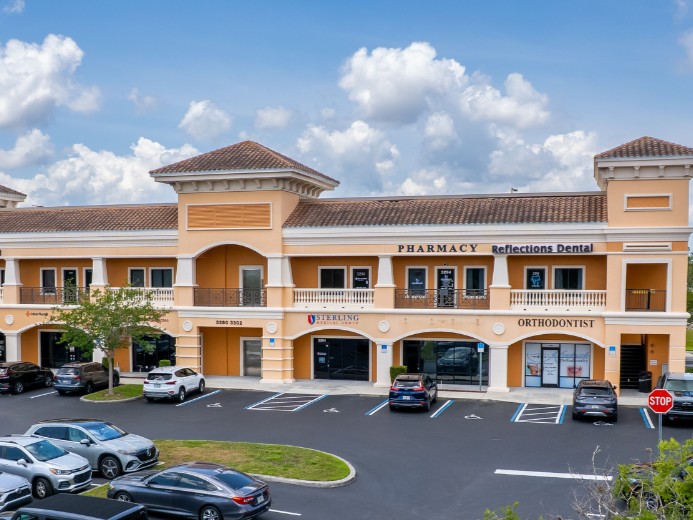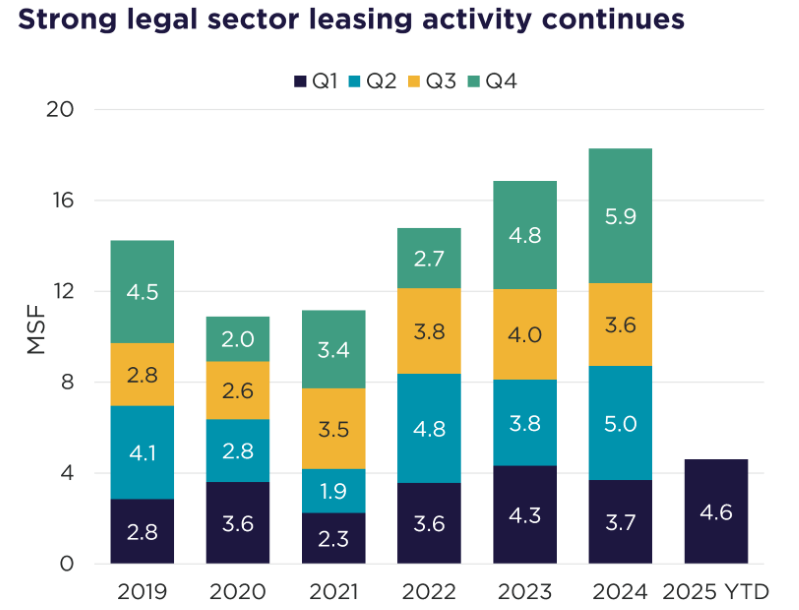The Job Market Roller Coaster: Putting it in Context for CRE
The domestic employment figures have hit home the fact that economic recovery is less than a sure thing. But what does the roller coaster of job numbers mean for commercial real estate?
By Nicholas Ziegler, News Editor
At this point in 2011, if the current economic state had to be described in one word, it would be “unsure.” It appeared as if things were beginning to stabilize during the summer. After a series of derailments, though, from stalling job numbers in August to the European debt crisis, the economic picture once again looked bleak. But then the September employment figures came back positive and pundits, investors and regular Joes were looking at a slow recovery – once again. Up and down. Up and down. What’s it all mean for commercial real estate?
With the addition of 137,000 private-sector jobs last month – offset by the elimination of 34,000 government positions – resulting in a net gain of 103,000 jobs, as well as the revising of July and August jobs figures to reflect a gain of 184,000 positions, we’re beginning to look at a trend, albeit a small one. And those hirings certainly mean an increase in the amount of space needed in the office sector. According to Hessam Nadji, managing director of research and advisory services for Marcus & Millichap Real Estate Investment Services Inc., approximately 250,000 full-time office positions have been added in 2011, contributing to a 20 basis-point decline in the national office vacancy rate to 17.4 percent in the third quarter.
And that vacancy rate is tied directly back to employment in a direct relationship.
CBRE Group Inc., for example, uses a metric that pits job creation against office vacancies to draw conclusions about both. The services firm uses a rule of thumb: One employee, on average, equates to 175 to 225 feet of absorbed office space, explained Asieh Mansour, CBRE’s head of research for the Americas. So if we see an increase in employment, we can reasonably assume that we’ll also see a corresponding rise in office absorption.
“The economy’s operating under extremely lean circumstances,” she told Commercial Property Executive. “One metric, corporate profitability per worker, is at an all-time high. Companies are getting the last drop of productivity out of workers, and to maintain that output, they’ll need to hire.”
Mansour estimates that the country has, since the beginning of the recession, lost a total of 8 million jobs – and only 20 percent or so have been replaced. In order to break even, to keep the unemployment rate at 9.1 percent, the country needs to add 125,000 jobs per month. And that trend, the upward swing of jobs, isn’t going to take hold until the end of the year. It’s not going to be until 2012, she says, that we’re going to see some strong, meaningful job growth.
But once that growth happens, we’re going to see an immediate uptick in the demand for space. “You’re going to see jobs first in those areas that use jobs,” Mansour said. “Professional services and financial services are heavy users of office space.”
And once that recovery occurs, there should be a corresponding increase in revenue as well.
Fitch Ratings, while reluctant to make broad predictions, sees that revenue coinciding with the timeline Mansour set. While net operating income for all types of commercial properties slipped 1 percent from year-end 2009 to year-end 2010, it has still shown an improvement from the previous year-over-year decline of 5 percent. But “one year of greater NOI stability does not mean a recovery,” said Fitch senior director Adam Fox.
Despite the uncertainty in the jobs picture, Fitch still has hope for the rest of the year, projecting that CRE performance will slowly stabilize and then improve slightly by the end of 2011. Multi-family properties experienced a slight 1 percent decline in NOI from 2008 to 2010 as managers kept rents low in order to maintain occupancy levels. Office and retail properties, which benefit from longer-term rates, saw rents decline 4 percent and 3 percent, respectively.
But this slow crawl back to recovery could, as it has been in recent months, be offset by some unseen force. As Fitch wrote in its most recent market report, “recovery will continue to be influenced by factors such as unemployment and consumer spending.”

